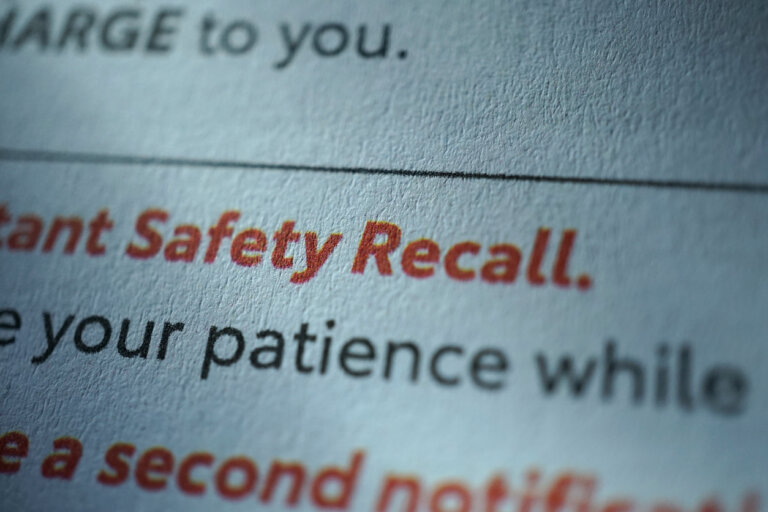When you buy a consumer good, you should be able to use it for its intended purpose without having to worry about getting injured by a defect in the item. If a manufacturer makes an unsafe item that injures people, the consumers can file product liability claims against the maker to recover monetary damages for their losses.
This blog will discuss the elements an injured person will have to prove to win a product liability case against a manufacturer or seller. This blog is a guide to defective product claims and what you need to prove your case. A medical device litigation attorney could help you go after the compensation you deserve from the liable party.
The Product Has a Defect
A product can be defective in any one of these ways:
- A defective design that creates an unsafe condition under foreseeable circumstances. For example, defectively-designed airbags exploded rather than safely inflated, particularly in hot or humid weather or in low-impact collisions.
- Defective manufacture. The design might be fine, but the manufacturer cut corners or used sub-standard materials in making the product the product, creating a flawed consumer good.
- Defective labels or warnings. Some things, like lawnmowers, are inherently dangerous. Items like these should include adequate warnings about the risks of harm and how to avoid injury. Objects that need assembly should contain sufficient assembly instructions.
Any of these defects could form the basis for a product liability lawsuit.
The Plaintiff Suffered an Injury
Merely purchasing a defective product does not give a person the right to file a product liability lawsuit. The plaintiff must have suffered an injury from the item to have a claim for their losses.
The Defect Caused the Plaintiff’s Injuries or Losses
The injury must be a result of the defect in the product. If something else caused the plaintiff’s injury while the plaintiff happened to be using the object, the manufacturer will not be liable for injuries not caused by their consumer good.
Let’s say that you used a CPAP device at night to treat your sleep apnea. Due to a design defect in the machine, you suffered an injury when bits of plastic broke off from the machine and went into your lungs. The defect caused your injuries.
The Product Was Not Modified
This issue tends to arise when a person gets injured by a defective motor vehicle. If the owner of the car had post-market modifications made to the car, and those modifications caused the accident that injured the person, the manufacturer will not be liable.
The Plaintiff Used the Product Correctly and for Its Intended Purpose
When a person has a simple accident, not due to a defect in the item, the manufacturer is not liable. Anyone can make a mistake and get hurt. Product liability claims require a showing that the plaintiff used the item correctly.
Also, the plaintiff must have used the product for its intended purpose or for a reasonably foreseeable purpose. For example, it is foreseeable that a person would use a car to drive to work, but it is not reasonably foreseeable that a person would drive a car off of a skyscraper with a parachute attached.
Product liability claims are tricky, so you will want to work with a toxic tort/medical device litigation attorney about your case. Get in touch with our office today for help with your case.

